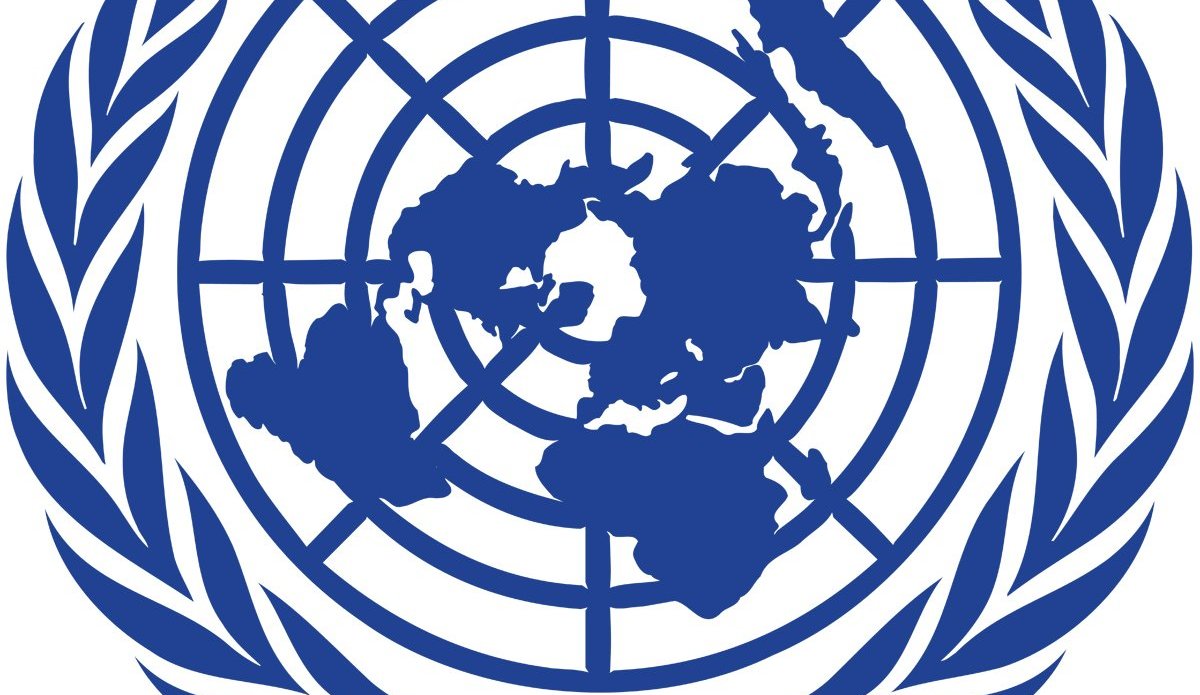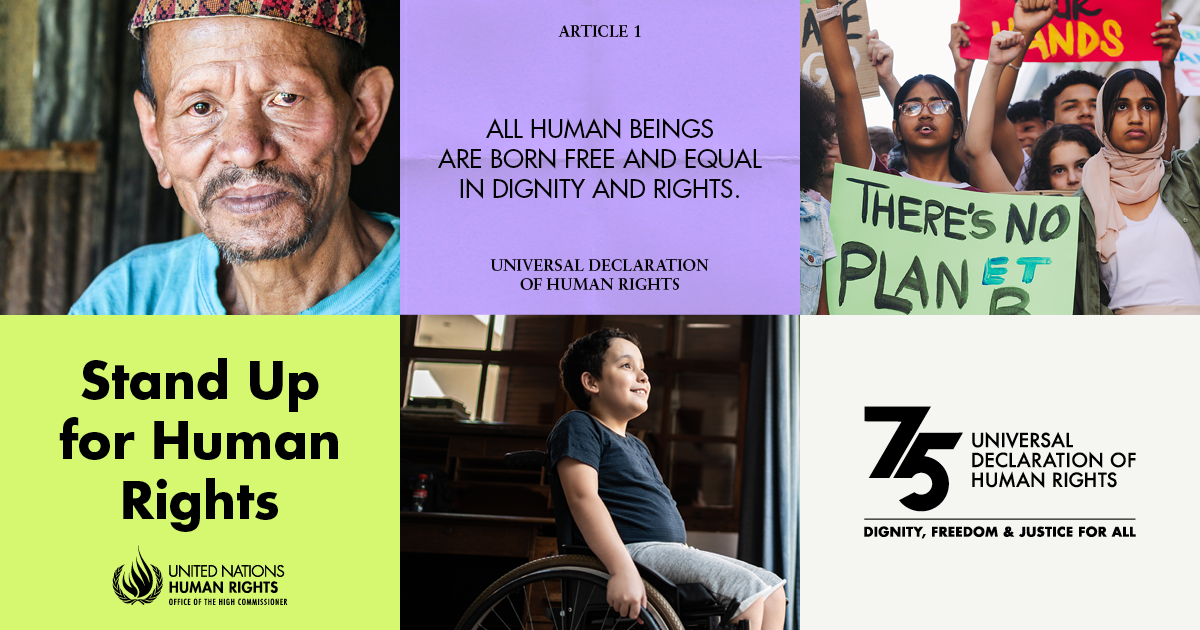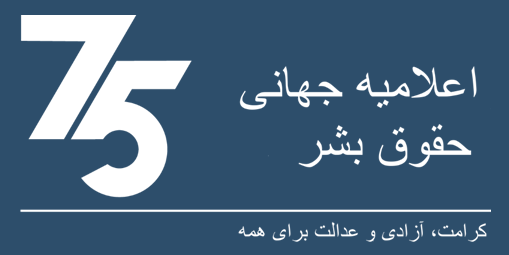UN reminds parties of their responsibility to protect civilians - Civilian casualty rates spike in July
KABUL - The United Nations in Afghanistan reminds all parties to the conflict of their responsibility to protect civilians and to comply with their obligations under international law, as the latest UN documentation shows that civilian casualty rates returned to record high levels in the month of July.
Civilians bore the brunt of escalating violence in July, with preliminary UN findings showing that more than 1,500 civilians were killed and injured, the highest number of any month this year, and the highest number documented in a single month since May 2017. The main driver in July was a sharp rise in civilian casualties caused by Anti-Government Elements (AGEs).
“As peace efforts have intensified in recent weeks so too has the conflict on the ground,” said Tadamichi Yamamoto, the Secretary-General’s Special Representative for Afghanistan.
“I call on all parties not to ramp up military operations thinking that doing so will give them a stronger position in talks about peace,” said the envoy, who is also head of UNAMA. “Escalating the conflict will have one primary result: greater loss of civilian life. Now is the time to demonstrate restraint and real respect for the lives of ordinary Afghan civilians.”
UNAMA documented an increase through July in the number of disproportionate and indiscriminate Taliban attacks in urban areas against Afghan military and security objects and personnel. These attacks caused great harm to civilians. On 1 July, Taliban claimed an attack on an Afghan Army logistics centre in Kabul killing seven civilians and injuring 144 others. Taliban also claimed responsibility for the 18 July attack on a Kandahar police facility resulting in seven civilians killed and 72 others injured. In Ghazni, on 7 July, Taliban attacked a National Directorate of Security (NDS) facility resulting in 174 civilian casualties, the vast majority of whom were injured. More than 80 of the victims were children.
UNAMA remains gravely concerned by the harm done to civilians from AGE attacks involving improvised explosive devices (IEDs). The use of IEDs by AGEs was responsible for more than 50 per cent of civilian casualties in July.
The UN is particularly appalled by numerous incidents when AGEs have deliberately targeted civilians. Daesh/Islamic State Khorasan Province (ISKP) claimed a 25 July suicide attack in Kabul against a Ministry of Mines and Petroleum bus and an explosion targeting first responders. Seven civilians were killed, including six women and a three-year-old boy, with 32 others injured. On 19 July, eight civilians were killed and 36 injured when attackers focused on civilians at Kabul University. Deliberately targeting civilians or civilian objects amounts to a war crime.
There were several high-profile attacks in July for which no party claimed responsibility, such as the 28 July complex attack that used remote-controlled and suicide IEDs against the Green Trend offices in Kabul. In this attack, which targeted the Afghan electoral process, at least 21 civilians were killed and 50 others injured.
Other types of AGE-employed IEDs that caused significant loss of civilian life during July were victim-activated pressure-plate IEDs (PPIEDs) that are inherently indiscriminate. On 15 July, 13 civilians were killed and 40 injured, mostly women and children, when a minibus ran over a PPIED near Kandahar. On 30 July, at least 24 civilians were killed and 18 more injured when a PPIED detonated against a bus on the Kandahar-Herat highway.
Civilian casualties from operations by Pro-Government Forces (PGFs) remain at concerning levels, mainly from air and search operations, including by NDS Special Forces that are supported by International Military Forces. In Maiden Wardak overnight from 8 to 9 July, NDS special forces entered a medical clinic and interrogated health workers. NDS special forces shot and killed three civilian males, two of whom worked at the clinic and one of whom was accompanying a patient. UNAMA is deeply concerned about this incident and reminds all parties of the special protection afforded to health facilities and personnel under international humanitarian law. In addition, UNAMA reiterates that the killing, by any party to the conflict, of persons taking no active part in hostilities is explicitly prohibited by Common Article 3 at any time and any place, and may amount to a war crime.
On 19 July, in Bala Murghab district, Badghis province, Pro-Government Forces conducted an airstrike that hit a residential home and resulted in the deaths of seven civilians, including three children and one woman, with three more civilians injured, including a baby.
Parties must ensure compliance with their obligations under international law. In the conduct of hostilities, parties to the conflict must refrain from directing attacks against civilians and civilian objects.
UNAMA urges all parties to the conflict to strengthen their engagement with the United Nations and reminds them of their responsibility to protect civilians.
UNAMA is mandated by the Security Council to report on the protection of civilians in the Afghanistan conflict. UNAMA is strictly impartial and independent in its work that is focused on helping all parties better protect civilians from the armed conflict. UNAMA’s civilian casualty documentation is one of a range of measures in which the Mission is engaged to assist in limiting harm to civilians. UNAMA’s findings are shared with the parties to help them better understand the impact of their operations on the civilian population so that they may address the harm they cause and implement measures that will better protect civilians going forward.
It remains a matter of concern to UNAMA that all parties to the conflict have a poor track record on investigating, publicly reporting their findings and taking appropriate follow-up measures to address incidents in which civilians are killed or injured. UNAMA urges all parties to put in place more effective procedures for them to obtain accurate information about the harm their operations cause civilians and to be more open and honest with their public statements concerning civilian casualties.
UNAMA recognizes that in the context of the war in Afghanistan, all parties are prone to issue tendentious pronouncements. UNAMA, as an impartial and independent body, will continue to establish reliable and accurate data that it will share with parties and the public as part of an advocacy-orientated approach to reduce civilian casualties to zero.
UNAMA notes that Taliban, the Afghan government and USFOR-A routinely challenge UNAMA’s findings concerning civilian casualties. The UN encourages parties to enhance their cooperation and work more constructively with the UN to establish facts around civilian casualties. If any party has information to help establish the facts around incidents involving civilian casualties, they are encouraged to share it.
For more than a decade UNAMA has employed a consistent and rigorous methodology in its documentation of civilian casualties. The process, which is fact-based and requires multiple independent and credible sources for verification, is run by a dedicated team of experts who carry out unrivalled research to ensure the documentation is accurate. UNAMA encourages other parties to establish similar systems with such a robust methodology.
Peace remains the best protection for civilians affected by armed conflict. UNAMA calls on all parties and those who can influence them to work toward political solutions to end the conflict.
* * *
UNAMA’s verification methodology and the standard of proof
For the purposes of its protection of civilians reports, UNAMA only includes verified civilian casualties. Civilian casualties are recorded as ‘verified’ where, based on the totality of the information it has reviewed, UNAMA has determined that there is ‘clear and convincing’ evidence that civilians have been killed or injured. In order to meet this standard, UNAMA requires at least three different and independent types of sources, i.e. victim, witness, medical practitioner, local authorities, confirmation by a party to the conflict, community leader or other sources. Wherever possible, information is obtained from the primary accounts of victims and/or witnesses of the incident and through on-site fact-finding.
These forms of fact-finding are not always possible, primarily due to security-related constraints affecting access. In such instances, UNAMA relies on a range of techniques to gain information through reliable networks using as wide a range of sources and information as possible, all of which are evaluated for credibility and reliability. These techniques include examination of digital evidence gathered at the scene of incidents such as still and video images as well as audio recordings; visits to hospitals and medical facilities; reports of the United Nations Department of Safety and Security and other United Nations entities; accounts by secondary sources; information gathered by non-governmental organizations (NGOs) and other third parties; and the parties to the conflict themselves. UNAMA proactively consults sources of different genders, as well as individuals belonging to minority racial, religious and ethnic groups, and marginalized sectors of society, to ensure a variety of opinions and reduce risk of any particular bias.
Where UNAMA is not satisfied with the quantity or quality of information concerning civilian casualties, it will not consider it as verified. UNAMA’s reports do not include unverified incidents. UNAMA shares information about incidents with parties to the conflict to ensure accuracy in its reporting, to assist the parties to take preventative and mitigating measures, and to promote accountability, including providing compensation to victims.
 UN
UN







